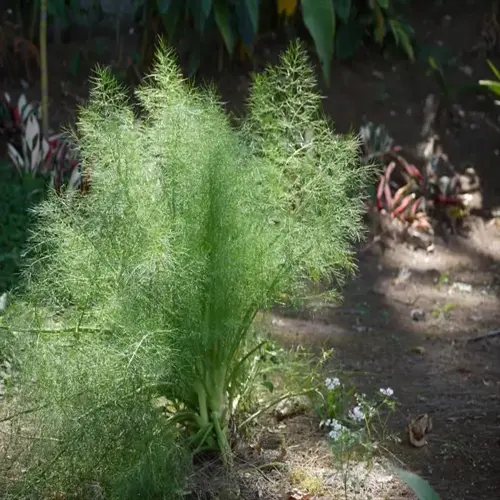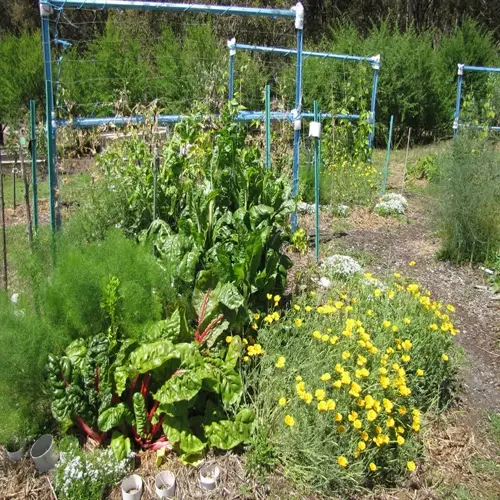Why does cilantro bolt so quickly?

Written by
Kiana Okafor
Reviewed by
Prof. Martin Thorne, Ph.D.Cilantro also bolts quickly due to environmental cues that signal a time for reproduction. High temperatures, above 75°F, trigger the production of flowering hormones. Long, sunny days push this process. Taco disturbance from transplanting prompts plants to set seed prematurely. Variable watering brings out survival responses. I've documented bolting in 10 days from heat.
Temperature Stress
- Heat above 75°F activates flowering genes within hours
- Soil temperature spikes trigger faster than air temperature
- Night temperatures above 60°F maintain hormonal pressure
Light Factors
- 14+ daylight hours signal seasonal change
- Intense afternoon sun amplifies heat effects
- Insufficient morning light weakens plant resilience
Cultural Stressors
- Transplanting damages delicate taproots irreparably
- Drought cycles followed by heavy watering shock plants
- Nutrient deficiencies force premature reproduction
Slow-bolt types have been bred to resist early bolting naturally. Calypso can withstand temperatures up to 80°F before bolting. Long-standing plants can handle more daylight periods. These types are best in warm regions. I plant 70% slow-bolt types with a harvest period that is weeks after typical varieties. Direct sowing solves the bolting problem because it does not cause root disturbance.
Prevention strategies work against environmental triggers. They should be planted in the cool season, when the weather is cooler, rather than during the heat of summer. Create shade for the afternoon using structures or companion plants to provide relief from the heat, water plants consistently with drip irrigation. Mulch will effectively regulate soil temperature. These things will sufficiently delay flowering.
Temperature Control
- Install 30% shade cloth when temperatures reach 70°F
- Use light-colored mulch reflecting solar radiation
- Position plants for morning sun afternoon shade
Water Management
- Irrigate deeply twice weekly maintaining soil moisture
- Install moisture sensors for precision watering
- Use drip systems avoiding leaf wetness
Variety Selection
- Choose slow-bolt types for warm regions
- Select day-length neutral varieties for long summers
- Prioritize heat tolerance in seed catalog descriptions
Harvest times influence bolting reactions. Cutting leaves often delays flowering triggers. Reposition energy by removing seedlings at flower bud emergence. Carefully observe plants daily through significant growth periods. Study development at stages where bolting signs escalate, such as the stem elongating. Quickly intervene to prolong productions.
Successive sowing substitutes for guaranteed bolting. You can sow seeds at 14-day intervals, which counters the anticipated flowering or bolting of individual plants, maintaining a constant harvest. You can also monitor the soil temperature. It might impact your planting schedule. Your garden is capable of providing a steady source of fresh cilantro, even in the winter months.
Read the full article: How to Grow Cilantro: Ultimate Beginner Guide

